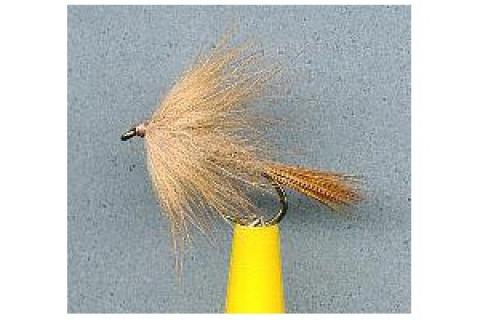
 For the next few blogs I want to spend some time going over the concept of fly proportions and how these apply to what you intend to tie. The different fly categories (wet, dry, nymph and streamers) all have their own respected proportions and understanding these intricacies will make your flies not only look and perform better but allow for the fly to be recreated.
For the next few blogs I want to spend some time going over the concept of fly proportions and how these apply to what you intend to tie. The different fly categories (wet, dry, nymph and streamers) all have their own respected proportions and understanding these intricacies will make your flies not only look and perform better but allow for the fly to be recreated.
Before we get into the actual proportions of the wet fly, one very important point to remember is that wet flies are not exact replications of living aquatic insects. Wet flies are tied trying to resemble certain key characteristics of the living organisms that we see as triggers (tails, wings and antennae). Fly tiers use soft materials (furs, feathers and synthetics) and special tying techniques to create these irresistible features on the wet fly patterns.
Wet flies in the simplest of terms can be thought of as an aquatic invertebrate's larvae/pupae stage. These flies in general are tied very sparsely and use soft, webby hackles (tied to the hook shank with a swept approach) to allow the fly to swing/swim throughout the river currents.
Anatomy of the Wet Fly
- Tail — The tail should measure one third the length of the hook shank.
- Body — The body should extend from the back of the head (tied directly behind the hook eye) to the point above the hook barb. The body should taper from behind the hook eye to the point above the barb.
- Rib — The rib can vary in wet flies anywhere from to 4 to 6 turns. In most cases the length of the hook shank or the thickness of the rib material will dictate the number of wraps the rib makes around the body of the fly.
- Wing — The wing preferentially should extend to just past the end of the hook. The width for the wing should be three quarters of the hook gape.
- Hackle — The hackle fibers when tied down should extend to the tip of the hook point when matted down with your fingertips.
- Head — The head should be 2-5 thread wraps wide (or as small as possible while still holding the hackle in place securely).
- 3763 views

